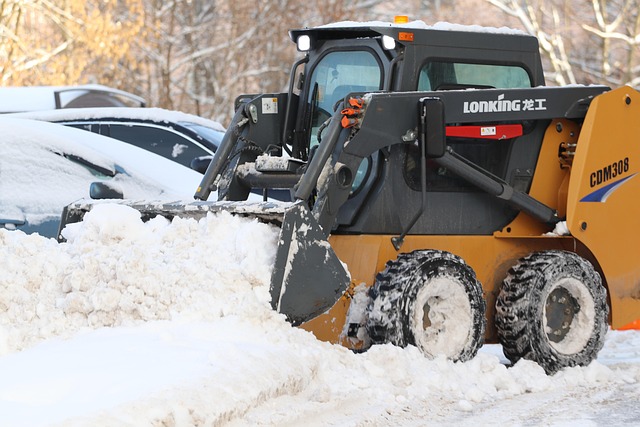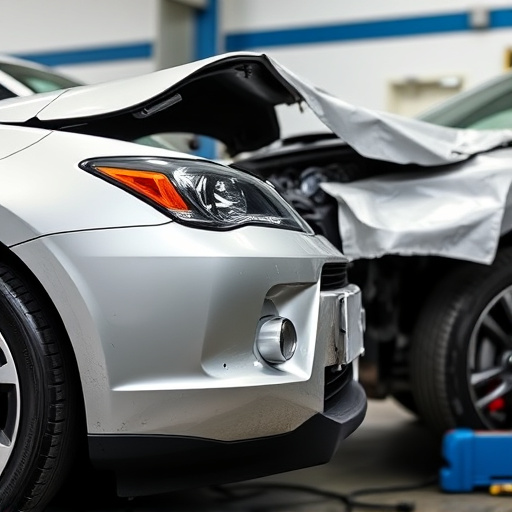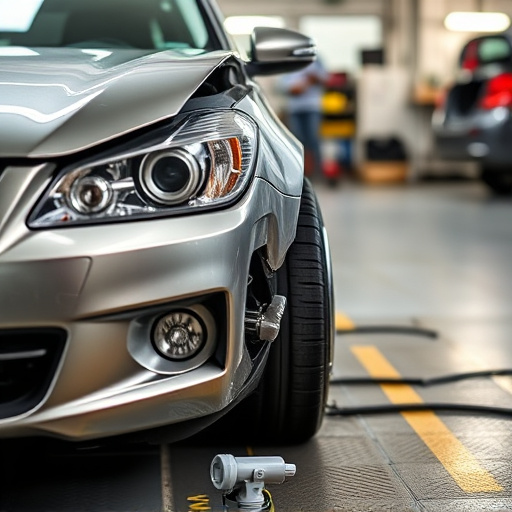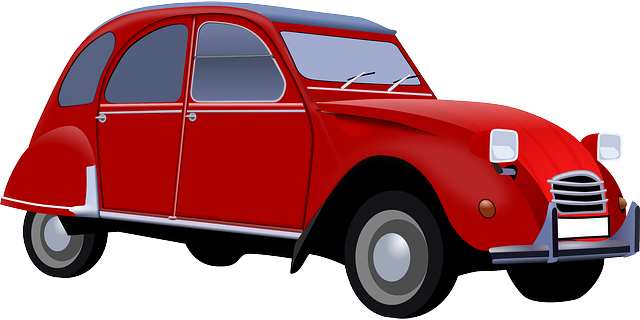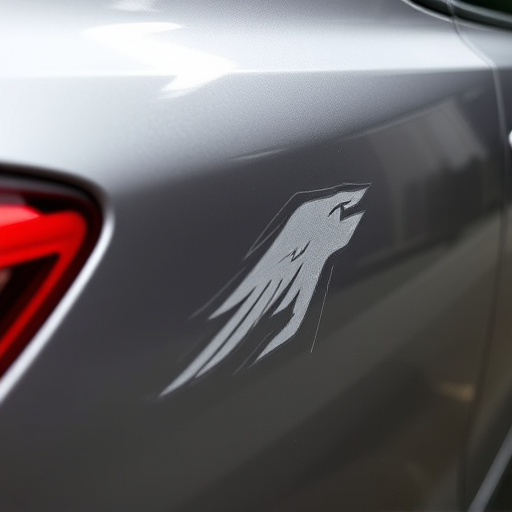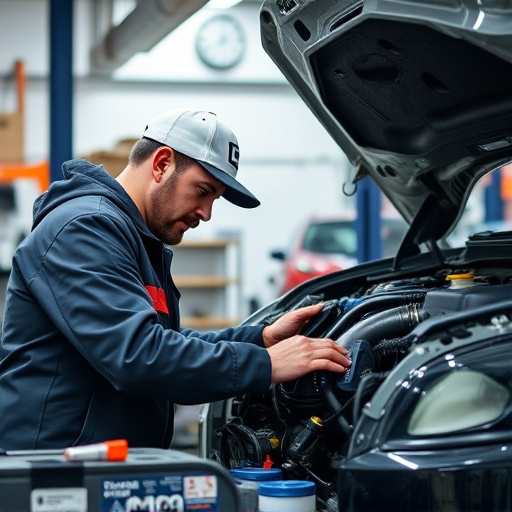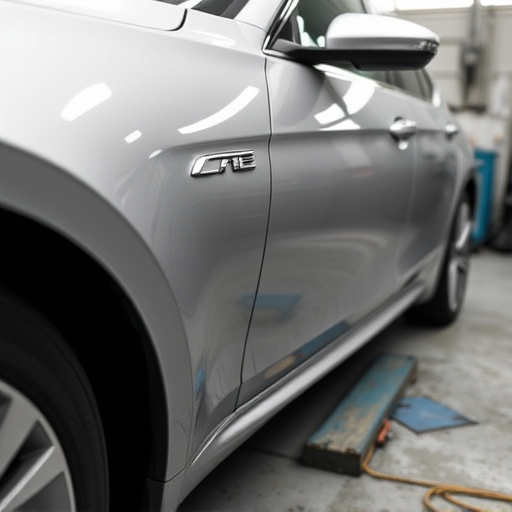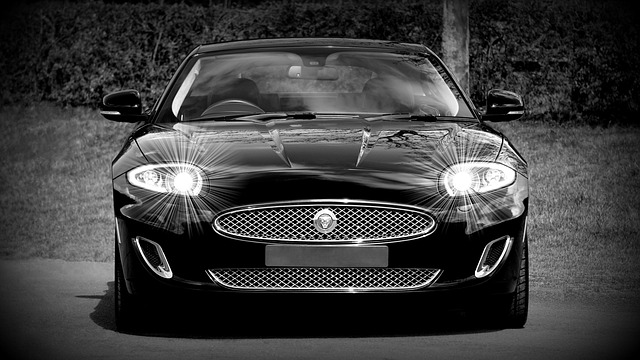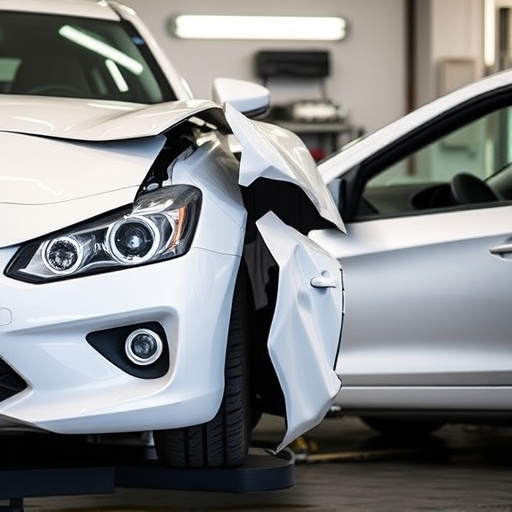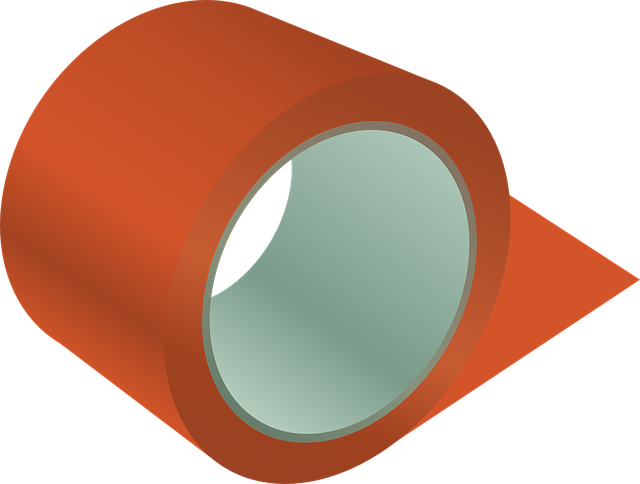Vehicle frame restoration begins with meticulous disassembly, cleaning, and documentation of damage. Repairs range from welds to robotic welding, followed by advanced quality control checks for alignment and integrity using tools like laser measurement systems. This process ensures structural soundness, aesthetic pristine condition, and prevents future autobody issues.
“Uncover the art of vehicle frame restoration with our comprehensive step-by-step guide. From assessing damage and crafting a strategic plan to meticulous disassembly, cleaning, and repair—we delve into every critical phase. Master the final assembly process, ensuring seamless fit and flawless quality control. This detailed overview equips enthusiasts and professionals with the knowledge to revive and restore vehicle frames, transforming damaged metal into a testament to precision engineering.”
- Assessing Damage and Planning Restoration
- Disassembly, Cleaning, and Repair Techniques
- Final Assembly and Quality Control Measures
Assessing Damage and Planning Restoration
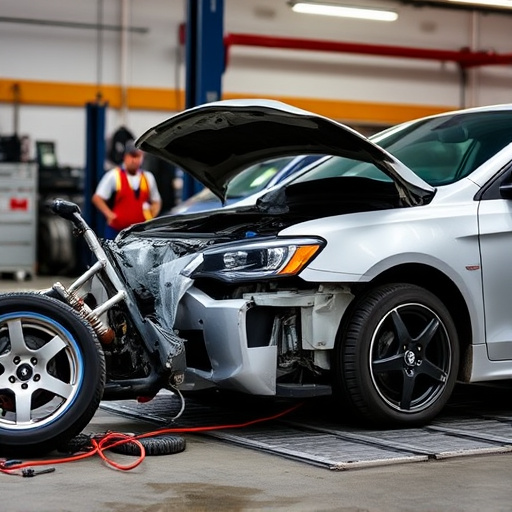
Assessing the state of a vehicle’s frame is the first crucial step in any restoration project. This involves meticulously examining the metal for signs of damage, including dents, cracks, and twists. Experts recommend removing the vehicle’s outer panels to gain full visibility of the frame, ensuring no hidden issues go unnoticed. Once all visible damage has been documented, a comprehensive plan for restoration can be devised.
Planning includes deciding on the extent of repair versus replacement, especially when dealing with complex cases like a fender bender or significant car damage. Auto glass repair might also factor into the equation if cracks or chips are present. With a detailed strategy in place, addressing issues like frame straightening and structural repairs can begin, laying the groundwork for a successful vehicle frame restoration.
Disassembly, Cleaning, and Repair Techniques
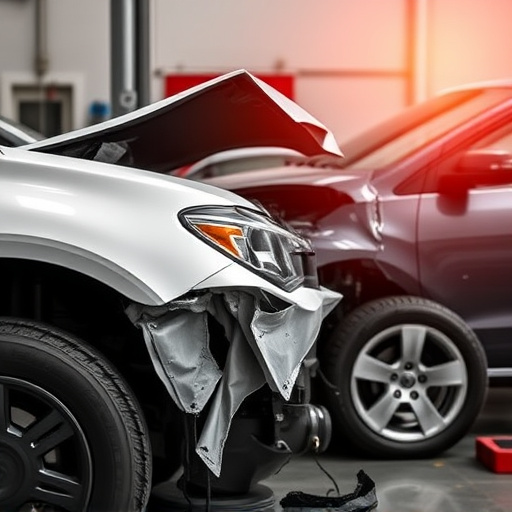
The initial stages of any successful vehicle frame restoration involve meticulous disassembly. This process requires a systematic approach to carefully remove all components, from the engine and drivetrain to the interior panels. Skilled technicians use specialized tools and knowledge to separate these parts safely, ensuring they can be properly assessed and conserved. Once the disassembly is complete, thorough cleaning becomes paramount. Using specialized solutions and techniques, every inch of the frame is cleaned to eliminate rust, dirt, and debris, a crucial step before any repair or reconstruction can commence.
After cleaning, careful inspection identifies areas needing repair, which may range from minor welds to extensive structural damage. Collision repair services often play a significant role here, utilizing advanced techniques such as metal straightening and robotic welding to restore the frame to its original specifications. In some cases, car paint repair might also be required to match the vehicle’s original finish perfectly, ensuring the restored frame is not only structurally sound but aesthetically pristine, ready for reassembly in a top-notch car repair shop.
Final Assembly and Quality Control Measures
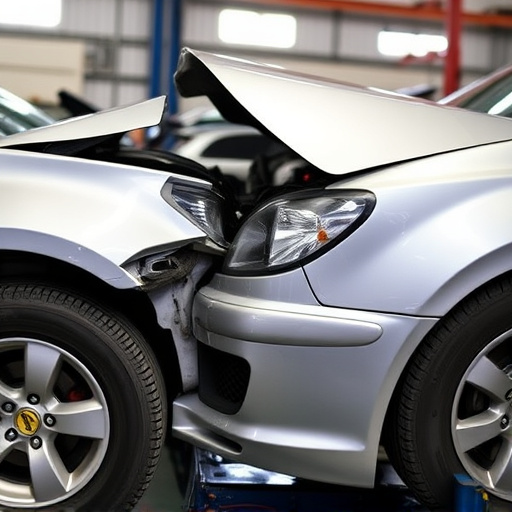
After completing the intricate process of disassembly, painting, and reassembly, the final step in vehicle frame restoration involves meticulous final assembly and stringent quality control measures. This crucial phase ensures that all components are correctly aligned and fastened, maintaining the structural integrity of the car body restoration. Skilled technicians carefully inspect every detail, from panel gaps to bolt torques, using specialized tools to detect even the slightest imperfections.
Quality control measures in vehicle frame restoration go beyond visual inspections. Advanced technologies like laser measurement systems and digital imaging are employed to verify dimensional accuracy and identify any misalignments. This meticulous approach guarantees that the restored frame meets the highest standards, ensuring the safety and reliability of the automobile. Moreover, these checks also help prevent future issues related to car dent repair or autobody repairs, as any existing problems would be detected and rectified during this final assembly phase.
Vehicle frame restoration is a meticulous process that requires careful assessment, skilled disassembly, thorough cleaning, and precise repair techniques. By following these step-by-step guidelines, restorers can ensure a successful and durable outcome for any damaged vehicle frame. This meticulous approach not only restores the structural integrity of the vehicle but also showcases the art of automotive craftsmanship.
